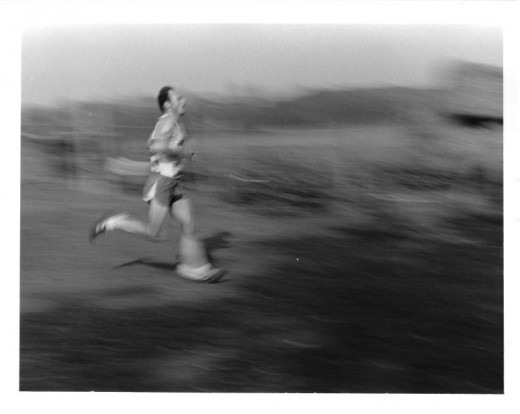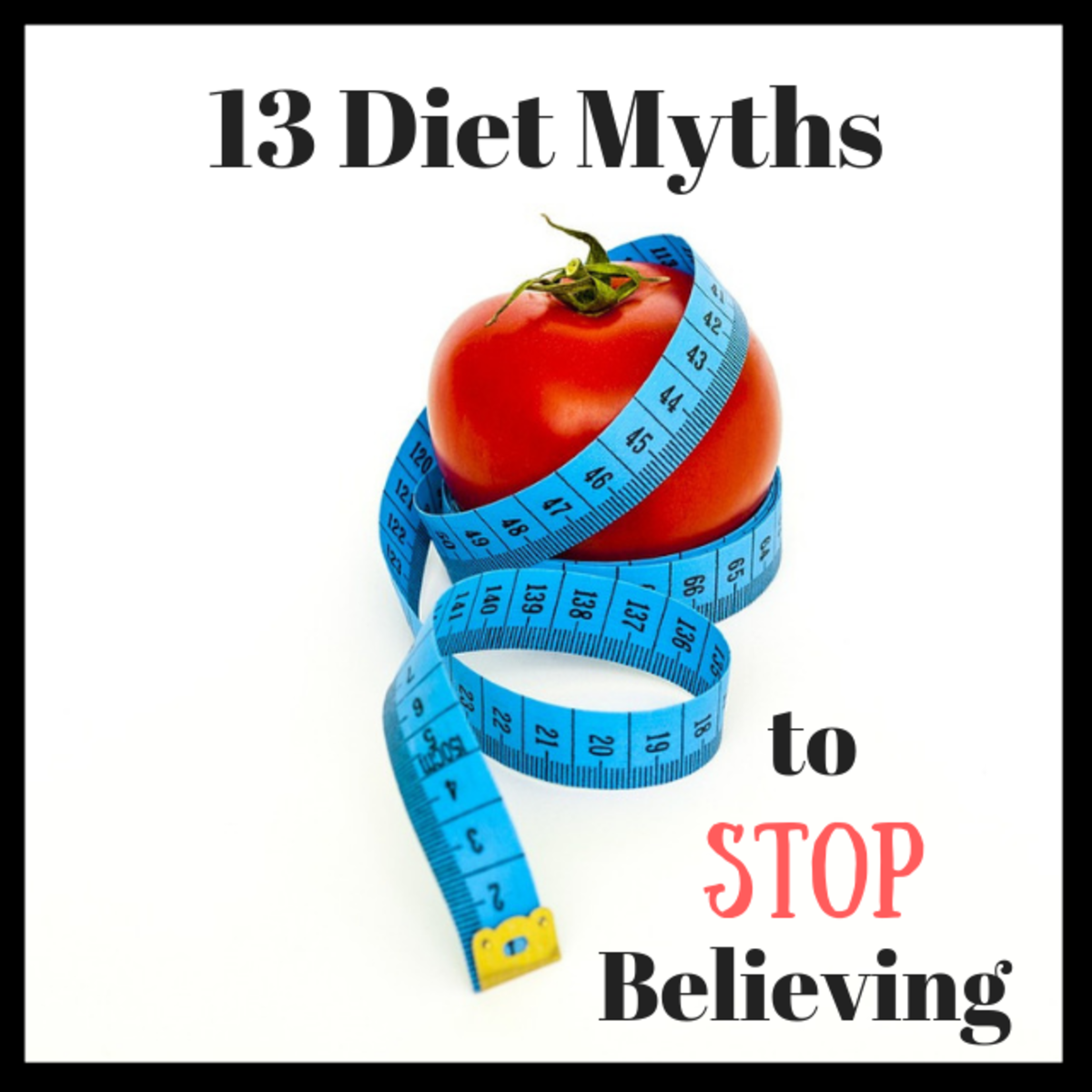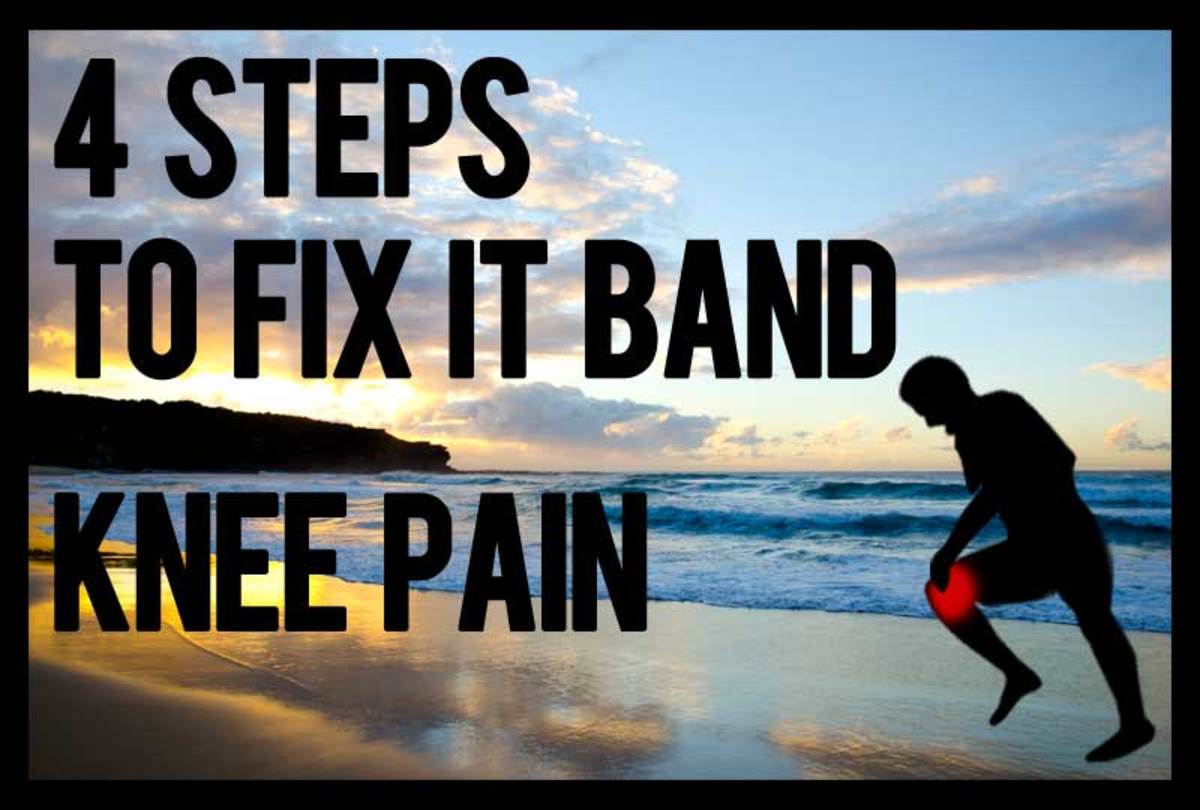How to Run to Burn Fat

Train your Body to Burn Fat
Running is an activity most people learn early and easily in life. It also burns a lot of calories, and if you run a lot, most of those calories are likely to be from fat. The reason is simple: The body likes efficiency, and the most efficient way to fuel long runs is with calorie dense fat stores.
But before you go lacing up your running shoes to burn off those love handles, consider this: It takes time to train the body to use fat first. The good news is, you don't have to focus on teaching your body to burn fat in order to lose weight.
5 Ways to Run to Burn more Calories
Running with more intensity will burn more calories than a constant slow or steady pace. Here are 5 ways to add intensity to your runs:
1. Sprint/Jog: Start off jogging at a steady pace. When you are warmed-up, set your watch timer for 30 seconds and take off at a full sprint. Repeat this 3-5 times, stay at a steady pace for a few minutes and repeat. Best for runs under an hour.
2. Take the Stairs: Find a tall building and head for the stairwell. It takes more energy to go up then down!
3. Hill Repeats: Instead of taking a flat route, find a hilly one. Or, find one good hill and do several "sets" followed by a jog.
4. Fartlek Training: Vary your pace throughout your run, speeding up and slowing down for several minutes at a time. This prevents the body from getting comfortable and forces it to expend more energy.
5. Incorporate Bodyweight Exercises: Snap your body out of drone mode by dropping on the ground every few minutes to do some burpees, pushups or jump squats. This is another way to get the body to expend more energy by shifting energy system priorities.
Exercise Intensity Determines Fuel Source
Almost all exercise uses more than one form of energy. A long, steady run may start off using glucose to produce ATP (the anaerobic system,) but if the pace stays constant, the body will find a more efficient fuel source.
The fuel the body will begin using is fat. This shift to drawing from fat stores preserves the limited stores of carbohydrates in our bodies. The more often the body practices this shift, the faster it happens, as with long distance runners or other endurance athletes. "Teaching" the body to do this requires consistent, repeated efforts over weeks and months.
It seems clear then, that to burn off fat you need to do long and steady bouts of exercise, right? While this type of exercise will make the body more efficient at using fat for fuel, it is not the best way to burn more calories.
To lose weight, which will always include losing fat, you need to burn more calories than you take in each day. To do this, kick up the intensity at regular intervals throughout your runs. This will burn more calories during the workout, but also create and "afterburn" effect, or EPOC (excess post-exercise oxygen consumption.)
The afterburn effect means the body continues to burn more calories than it would at rest for up to 48 hours after exercise. Why does this work? The body uses 5 calories for every liter of oxygen you consume, and an intense workout puts the body in a state of oxygen deprivation. The greater the intensity, the greater the afterburn.

Your New Running Workout
To begin running to burn more fat and calories, replace one or two of your long and steady runs with a higher intensity running workout. Any more and you risk injury, so give the body time to adapt to the new workload. Keep in mind that with higher intensity sometimes comes greater appetite. To lose the fat, maintain a healthy diet and don't give into the cravings!
Total Calorie Burn per Mile
| Net Calorie Burn per Mile
| |
|---|---|---|
For running: .75 x your weight in lbs.
| .63 x your weight in lbs.
| |
For walking: .53 x your weight
| .30 x your weight in lbs.
| |
You probably know that running burns more calories per mile than walking, but do you know what your net calorie burn is for these exercises? The net calorie burn tells you how many calories you are burning after subtracting the resting metabolic calo









